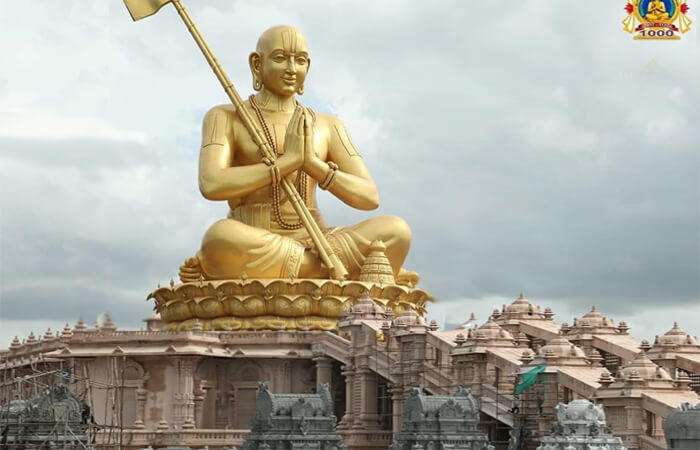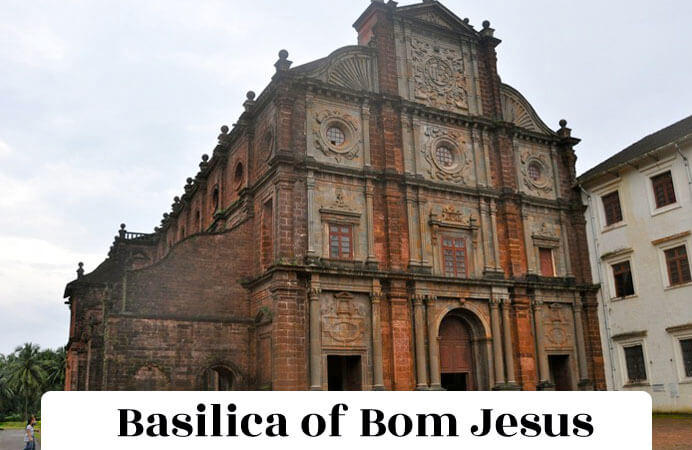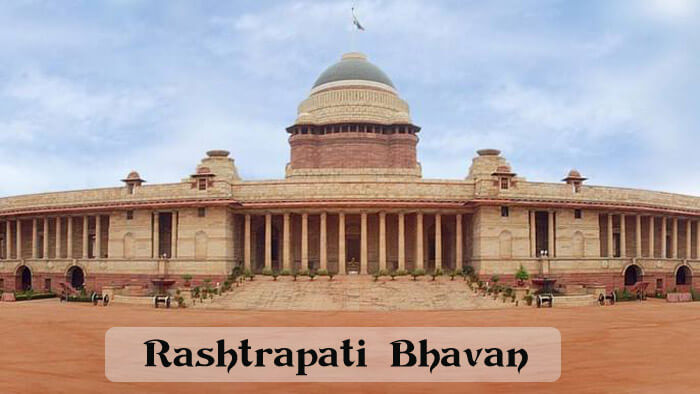Humayun Tomb, Delhi – Information, History, Facts
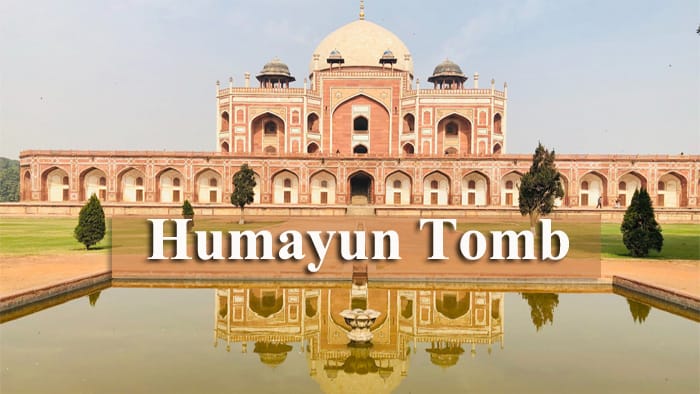
Location: Mathura Road, New Delhi
Built By: Hamida Banu Begam, widow of Humayun
Founded In: 1562-1572
Architect: Mirak Mirza Ghiyuath
Entombs: Mughal Emperor Humayun
Timings: Open till 10 pm (Daily)
Status: UNESCO World Heritage Site
History

Humayun’s tomb is reminiscent of the rich historical past of New Delhi. Humayun’s tomb is one of the monuments in New Delhi that date back to the time of the Mughals. It is situated on the Mathura road, where it crosses with the Lodi Road. The first building to be constructed under the rule of Mughal Emperor Akbar, the tomb dates back to the year 1562. It took almost ten years to complete this magnificent monument. The architect of Humayun’s tomb was Mirak Mirza Ghiyuath and it was constructed under the supervision of Haji Begum, the Persian wife of Humayun.
Suggested Read: Delhi – Culture and Tradition
Description
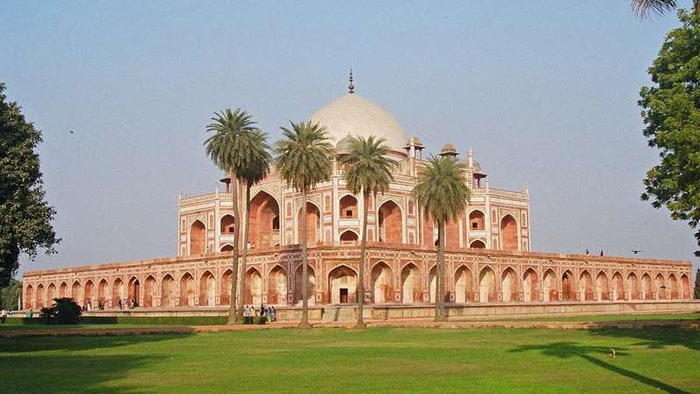
The heavy influence of Persian art form is clearly visible in the architecture of the Humayun’s tomb of India. The tomb is situated adjacent to the Nizamuddin Dargah, the shrine of the Sufi Saint Nizamuddin Auliya. The tomb is comparable in its architecture to the mausoleums of Timur and Bibi Khanam at Samarqand. Since the tomb is situated in the heart of a geometrically arranged garden, it is also known as the Garden Tomb of Humayun. The garden is divided into four parts and is known as the Char Bagh (Char meaning four and Bagh meaning garden).

Suggested Read: Red Fort – Lal Quila
The reason for such location of the main tomb is that in Islam, Jannat or paradise is a place that is set in the middle of the garden. Its garden stands divided into 36 squares, by a network of water channels and paths. The first garden-tomb of India, Humayun’s Tomb is surrounded by a high rubble wall. The wall is also separated into four large squares, divided by walkways and channels. Each square is then further subdivided into smaller squares by pathways. This style of gardens was introduced by Babur and went on till the time of Shah Jahan.
Along the axial processional track provides entrance into the tomb. As you move further, you will come across a number of gateways. The mausoleum has an octagonal shape and its foundation platform is composed of numerous arcades. Beneath these arcades are the graves of lesser-known people of the royal court, like various nobles and workers of Humayun’s period. The central chamber of Humayun’s tomb is a double-storied structure and is quite huge in size. The chamber has four offsets and the facades of its two stories have cloisters.

Suggested Read: India Gate Delhi
The openings to the chamber have been covered with perforated screens. On each side of the chamber are three vigorous arches that seem to be dominating it. Amongst these arches, the central one is the highest. The main room of the central chamber houses the cenotaph of the Emperor Humayun and his Queen Bega Begum. The top of the tomb is adorned with a huge double dome, measuring approximately 42.5 m in height. The dome is made of white marble and it claims the distinction of being the first double dome in any building in India.
Humayun’s tomb has been built mainly with red sandstone, with subtle use of white and black marble, mainly in the borders. There are two prominent double-storied gateways, one on the west and the other on the south, which provide entrance to the entire structure of the Humayun’s tomb. However, these days, the southern gateway remains closed. In the middle of the eastern wall is the baradari (pavilion), while the hamam (bath chamber) is situated, in the center of the northern wall.
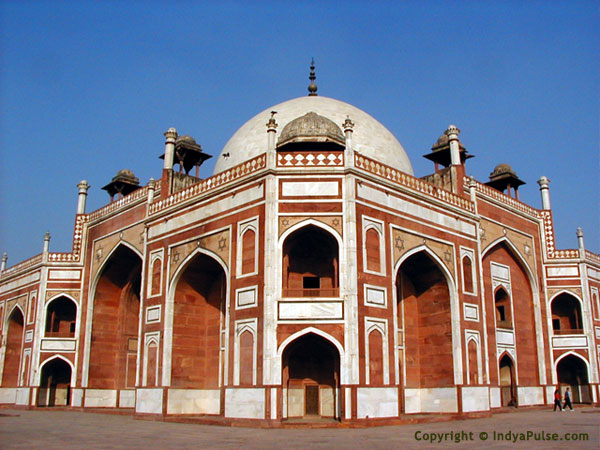
Apart from housing the graves of Humayun and his wife, Humayun’s tomb also entomb a number of other Mughal personalities. Hamida Begum (Akbar’s mother), Dara Shikoh (Shah Jahan’s son), and Bahadur Shah II (the last Mughal Emperor) have been buried here. The tomb has been declared as a protected monument and is presently under the ownership and management of the Archaeological Survey of India (ASI). Humayun’s Tomb has also been listed on UNESCO’s list of World Heritage Sites.
Suggested Read: Qutub Minar Delhi, Alai Darwaza
10 Interesting Fact about Humayun Tomb

-
Not only one there are more than 100 Tombs Within the entire complex, but the first level terrace is also known as “Dormitory of the Mughals”.
-
It was notably the first garden-tomb on the Indian subcontinent with beautiful causeways and channels. Built by the Persian, its scenic beauty can leave people mesmerized.
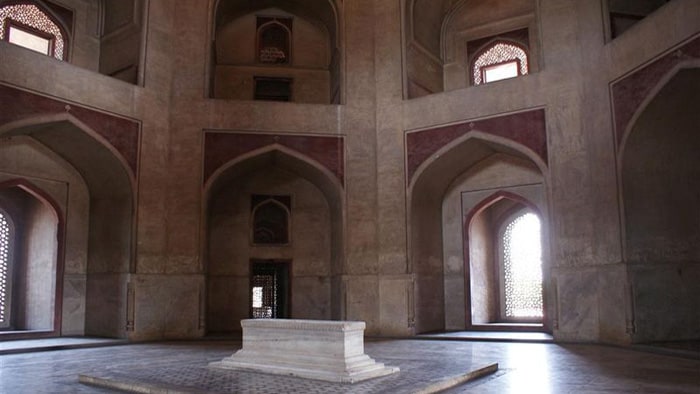
Suggested Read: Jantar Mantar Delhi
-
Just as Taj Mahal, was built by husband Shah Jahan in the memory of his wife, Humayun Tomb was built by a wife, Hamida Banu Begam, for her husband. After the death of Emperor Humayun, she called the Persian architects and told them to create something so fabulous that the world remembers for long.
-
Humayun’s Tomb is crowned with a white dome, surmounted with a spire that is as high as 42.5 meters and can be accessed through stairs. The monument rises from two large platforms, one above the other which are linked with stairs.

-
The construction of Humayun’s Tomb was inspired by the iconic Taj Mahal and was constructed out of red sandstone and rubble masonry.
-
This place is a resting place for not only Humayun but also for his wife Hamida Bahu Begum, Shah Jahan’s son Dara Shikoh and other prominent Mughals of the family.
-
It was listed as the UNESCO WORLD Heritage site in 1993.
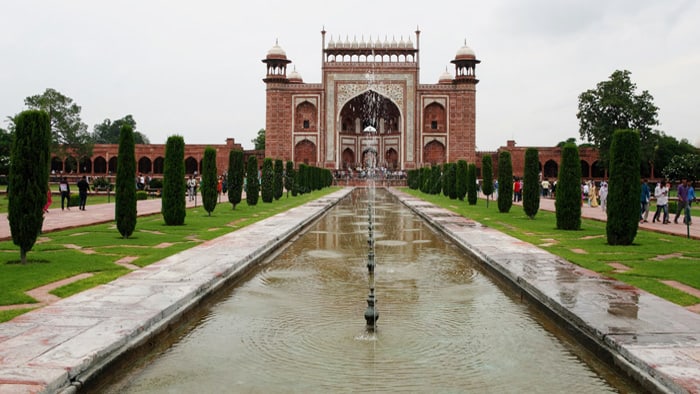
Suggested Read: Lotus Temple
-
The garden tomb is an example of the char bagh, a four-quadrant garden with the four rivers that flow in Jannat, representing the Islamic concept of paradise. The four squares further divide into such a way that it creates 36 squares in total. This design is typical of Mughal Gardens.
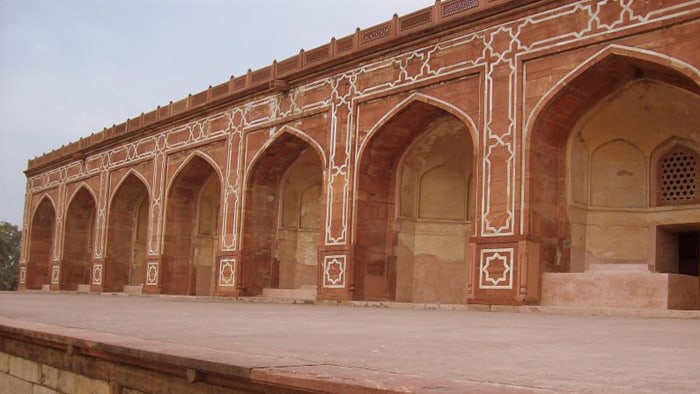
-
There are many other Tomb built after looking at Humayun Tomb as an example like Akbar’s tomb in Sikander, Ghiyas-ud-Din Tugluq Tomb at Tugluqabad, Sikander Lodi Tomb in the Lodi Gardens and the Taj Mahal.
-
Although the internal decorations of the tomb have not survived up to today, in 1611 an English merchant, William Finch have visited the monument and described its interior in detail by which we know how perfect the interiors were.
Suggested Read: North Indian Culture


